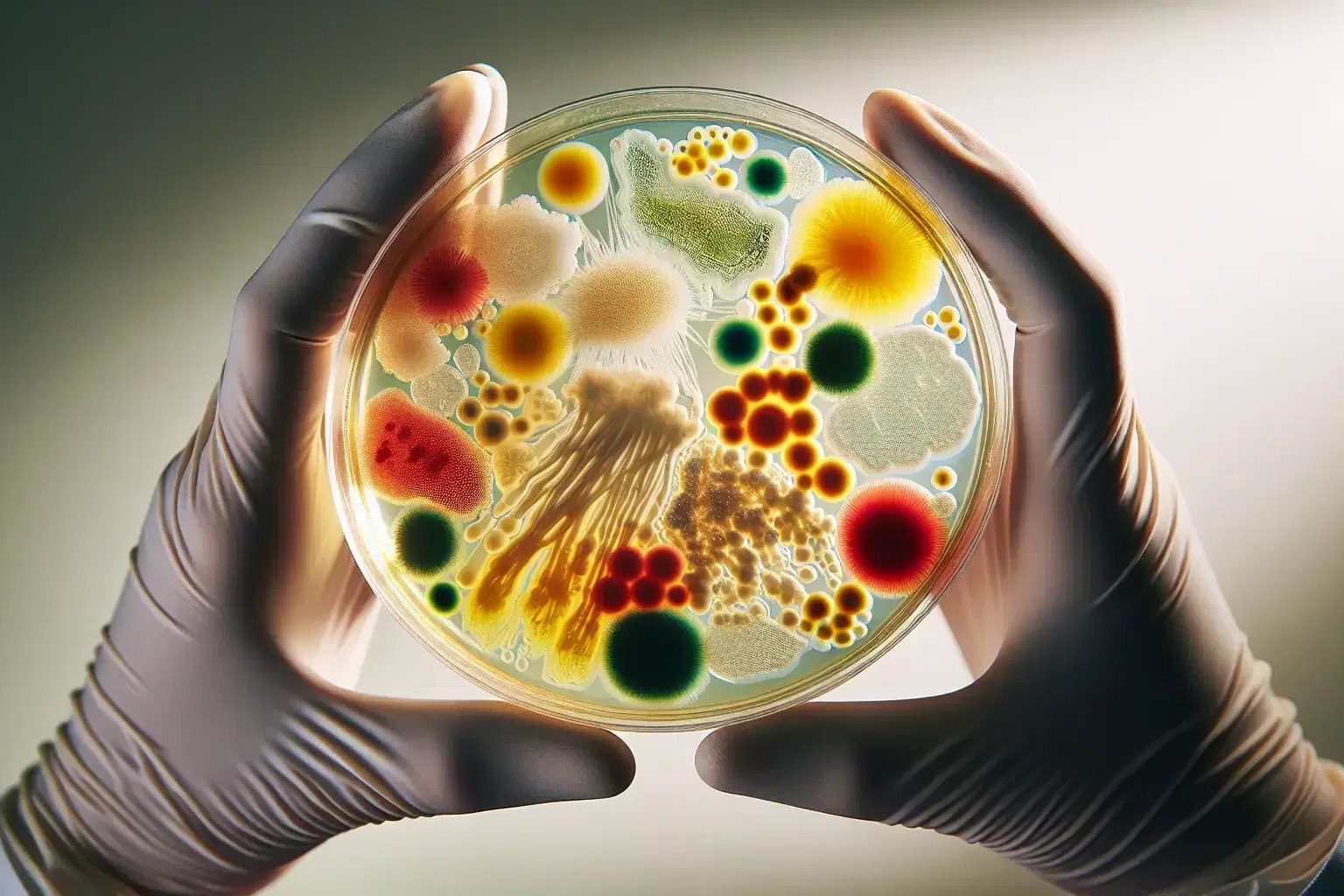
Microbial ecology is the study of microorganisms in their natural environments. These tiny life forms, invisible to the naked eye, play crucial roles in ecosystems. From breaking down waste to supporting plant growth, microbes are everywhere. Did you know that a single gram of soil can contain billions of microbes? Microbial ecology helps us understand how these organisms interact with each other and their surroundings. This field of study is essential for advancements in medicine, agriculture, and environmental science. By learning about microbial communities, we can develop better ways to manage natural resources and combat diseases. Ready to dive into some intriguing facts about microbial ecology? Let's get started!
What is Microbial Ecology?
Microbial ecology is the study of microorganisms in their natural environments. These tiny organisms play crucial roles in ecosystems, affecting everything from soil fertility to human health. Let's dive into some fascinating facts about this field.
-
Microbial ecology examines the interactions between microorganisms and their surroundings, including other organisms and the environment.
-
Microorganisms include bacteria, archaea, fungi, algae, and viruses, each with unique roles in ecosystems.
-
Microbes are found in every habitat on Earth, from deep-sea vents to the human gut.
Microbial Diversity
The diversity of microorganisms is astounding. They come in various shapes, sizes, and functions, contributing to the complexity of ecosystems.
-
There are more microbial cells in a handful of soil than there are humans on Earth.
-
Microbes can survive extreme conditions, such as high temperatures, acidity, and radiation.
-
The human body hosts trillions of microbes, collectively known as the microbiome.
Microbial Roles in Ecosystems
Microorganisms are essential for nutrient cycling, decomposition, and other ecological processes. Their activities support life on Earth in numerous ways.
-
Microbes decompose organic matter, recycling nutrients back into the ecosystem.
-
Nitrogen-fixing bacteria convert atmospheric nitrogen into forms usable by plants.
-
Some microbes produce oxygen through photosynthesis, contributing to the planet's oxygen supply.
Microbial Interactions
Microorganisms interact with each other and with other organisms in complex ways. These interactions can be beneficial, neutral, or harmful.
-
Symbiotic relationships between microbes and plants, such as mycorrhizae, enhance nutrient uptake.
-
Pathogenic microbes can cause diseases in plants, animals, and humans.
-
Commensal microbes live on or in other organisms without causing harm.
Microbial Applications
Microbial ecology has practical applications in various fields, including agriculture, medicine, and environmental science.
-
Bioremediation uses microbes to clean up contaminated environments, such as oil spills.
-
Probiotics are beneficial microbes that promote gut health in humans and animals.
-
Microbes are used in biotechnology to produce antibiotics, enzymes, and other valuable products.
Microbial Evolution
Microorganisms have been evolving for billions of years, adapting to changing environments and developing new capabilities.
-
The first life forms on Earth were likely microbial, appearing around 3.5 billion years ago.
-
Horizontal gene transfer allows microbes to exchange genetic material, accelerating evolution.
-
Antibiotic resistance in bacteria is a result of evolutionary processes driven by the use of antibiotics.
Microbial Research
Research in microbial ecology involves various techniques and technologies to study microorganisms and their activities.
-
Metagenomics analyzes genetic material from environmental samples to identify and study microbes.
-
Microscopy allows scientists to observe microbial structures and behaviors.
-
Culturing techniques grow microbes in the lab for further study, although many microbes are unculturable.
Microbial Impact on Climate
Microorganisms influence climate by affecting greenhouse gas levels and other atmospheric processes.
-
Methanogenic archaea produce methane, a potent greenhouse gas, during the decomposition of organic matter.
-
Some microbes consume methane, reducing its release into the atmosphere.
-
Microbial activity in oceans affects carbon cycling and storage, influencing global climate patterns.
Microbial Symbiosis
Symbiotic relationships between microbes and other organisms are vital for the health and functioning of ecosystems.
-
Lichens are symbiotic associations between fungi and photosynthetic algae or cyanobacteria.
-
Rhizobia bacteria form nodules on legume roots, fixing nitrogen for the plant.
-
Endophytes are microbes that live inside plants, often providing benefits such as disease resistance.
Microbial Biotechnology
Biotechnology harnesses the power of microbes for various industrial and medical applications.
-
Yeast, a type of fungus, is used in baking, brewing, and biofuel production.
-
Genetic engineering modifies microbes to produce insulin, vaccines, and other pharmaceuticals.
-
Microbial fuel cells generate electricity by using microbes to break down organic matter.
The Big Picture
Microbial ecology is a fascinating field that reveals the hidden world of microorganisms and their crucial roles in our environment. These tiny organisms help decompose organic matter, cycle nutrients, and even influence climate change. Understanding microbial interactions can lead to breakthroughs in medicine, agriculture, and environmental conservation.
From the soil beneath our feet to the depths of the oceans, microbes are everywhere, shaping ecosystems in ways we are just beginning to understand. Their diversity and adaptability make them key players in maintaining the balance of life on Earth.
By studying microbial ecology, scientists can develop new technologies to tackle global challenges like pollution and food security. The more we learn about these microscopic powerhouses, the better equipped we'll be to harness their potential for a healthier, more sustainable future.
Was this page helpful?
Our commitment to delivering trustworthy and engaging content is at the heart of what we do. Each fact on our site is contributed by real users like you, bringing a wealth of diverse insights and information. To ensure the highest standards of accuracy and reliability, our dedicated editors meticulously review each submission. This process guarantees that the facts we share are not only fascinating but also credible. Trust in our commitment to quality and authenticity as you explore and learn with us.
